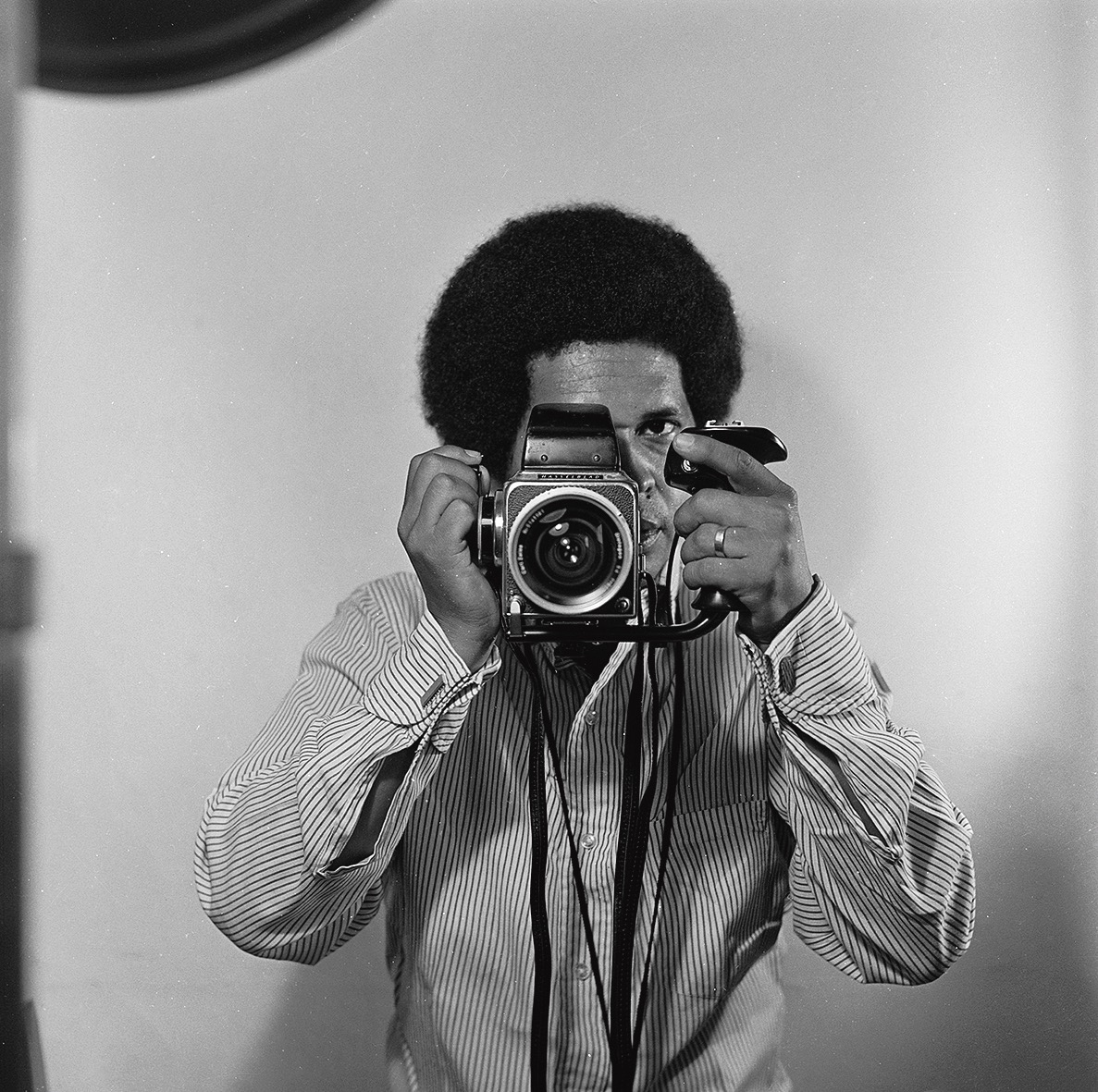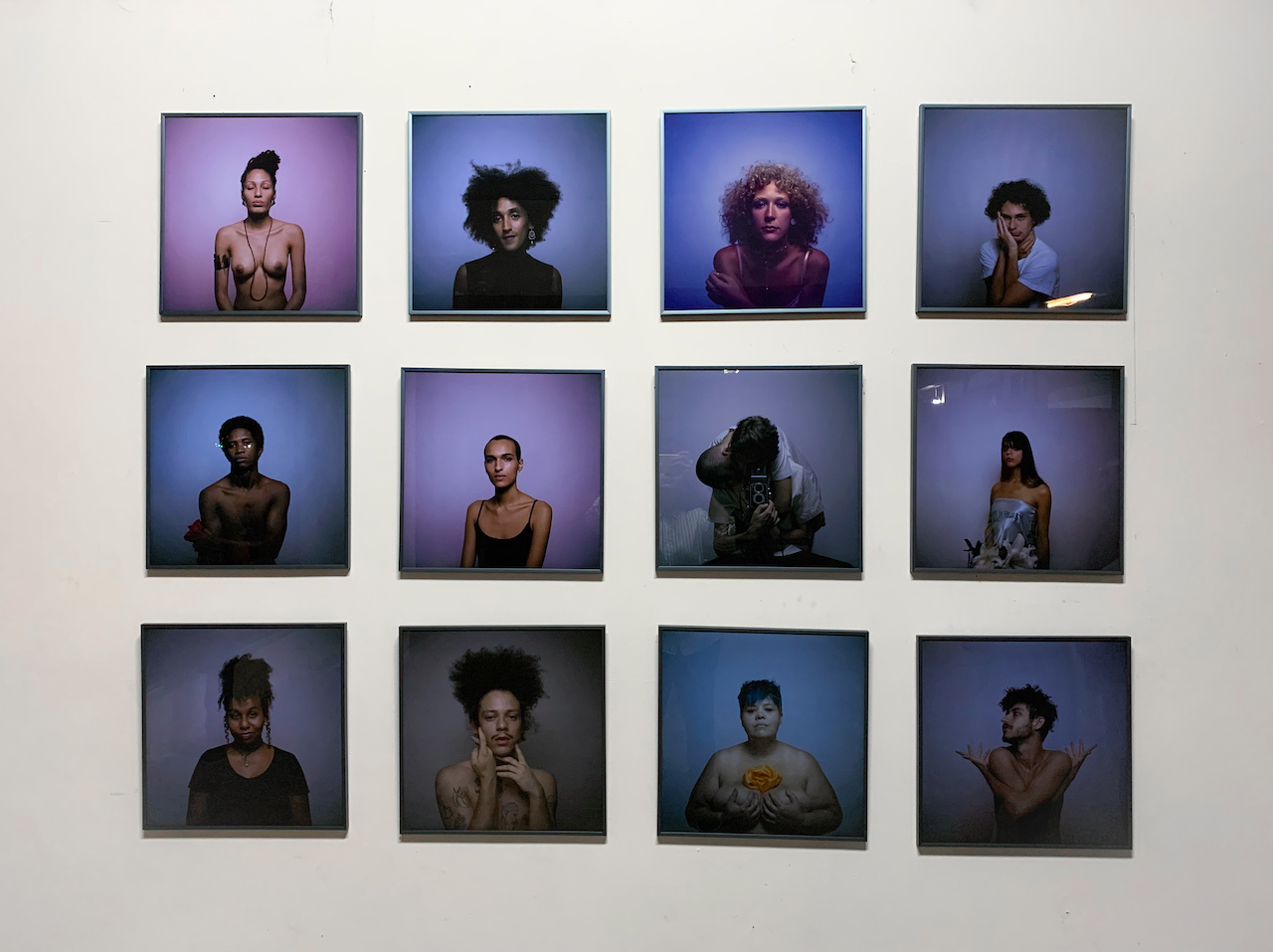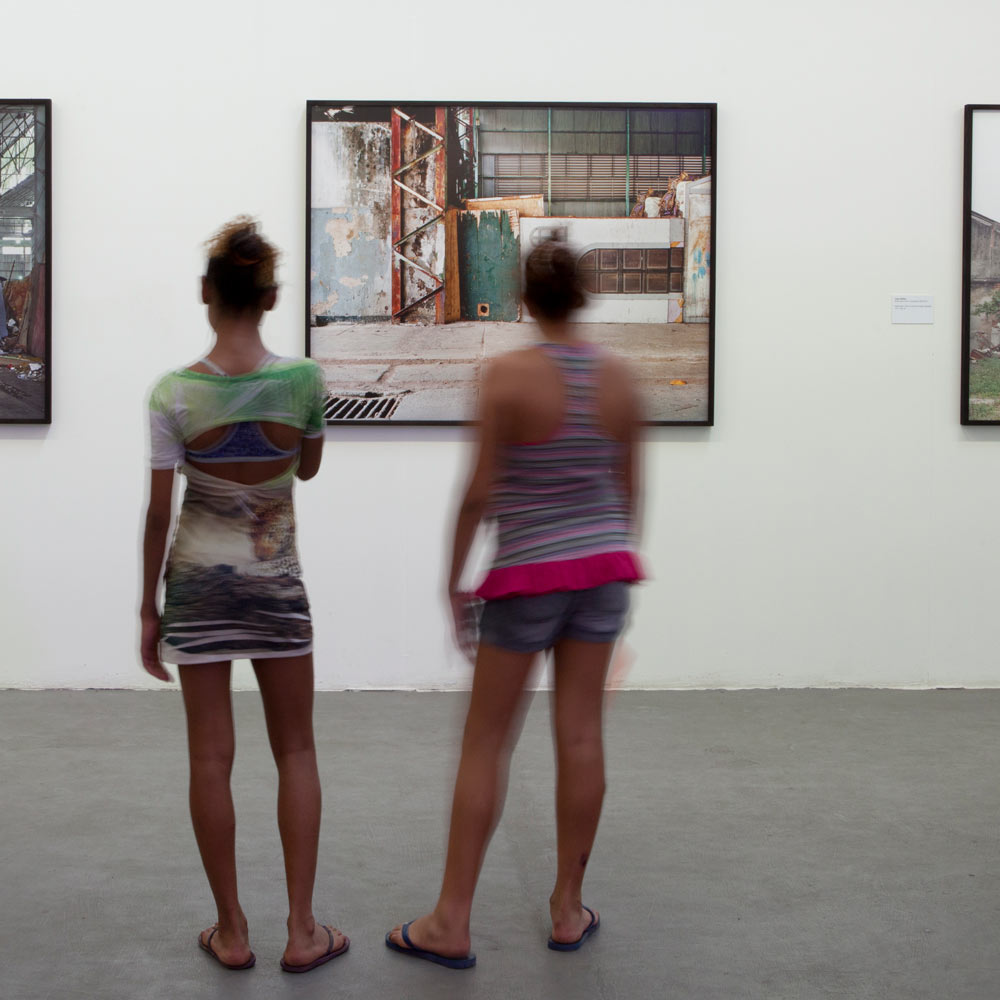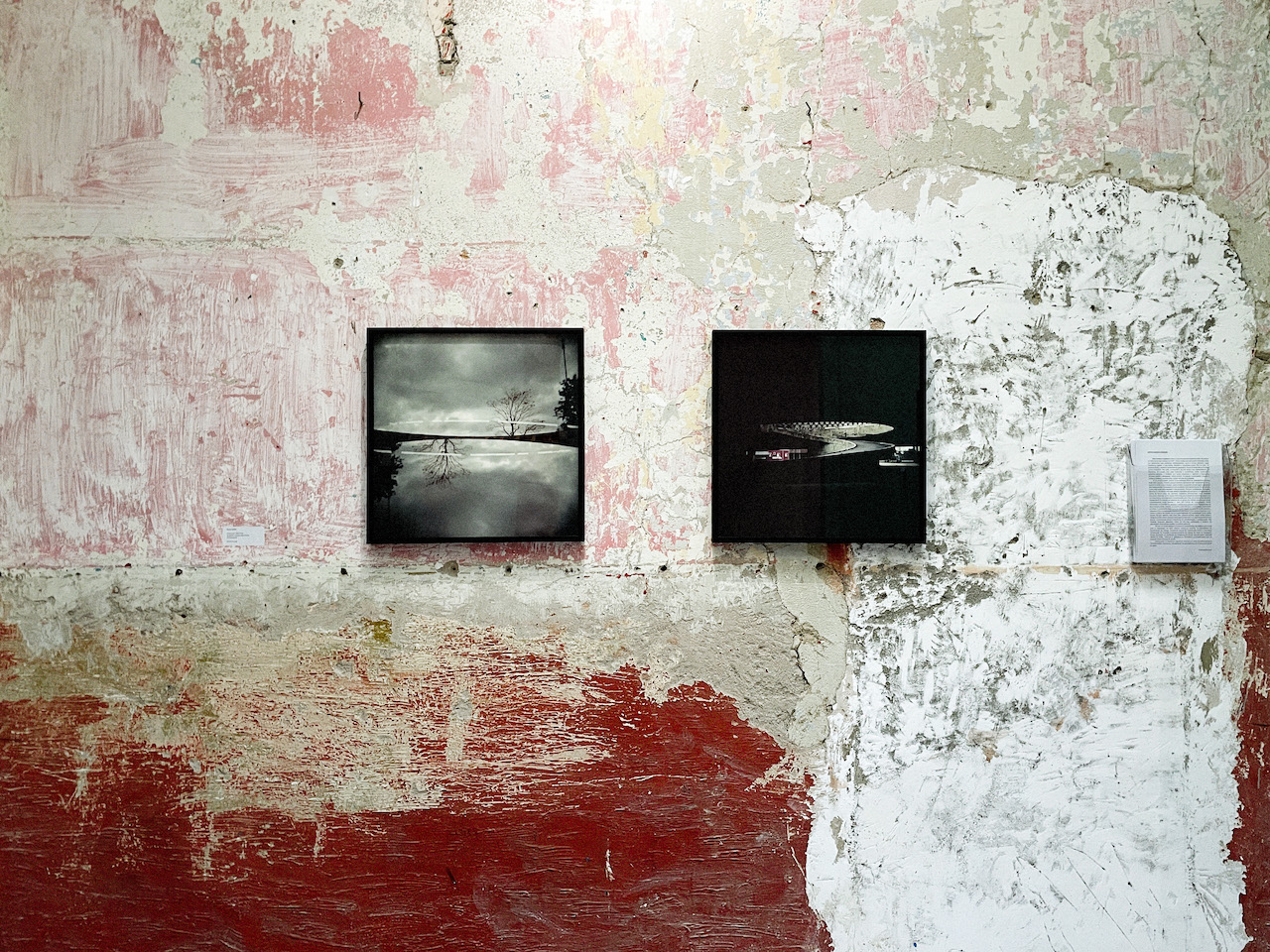© Walter Firmo.
Home to iconic beaches and the world-renowned carnival, Rio de Janeiro is one of Brazil’s liveliest cities – with a photography scene to match. Photographer and editor Igor Furtado guides us through the artistic hotspots
To experience Rio de Janeiro is to be overwhelmed by images. These are images that are beyond any static medium – they are alive and moving. As the second largest city in Brazil, after São Paulo, Rio has a dynamic and constantly evolving art scene, driven by the effervescent spirit of its native residents, known as ‘cariocas’. In Rio, we are continuously searching for ways to disseminate the artistic force of newer generations. In recent years, a growing number of independent galleries have projected young talents to a wider international audience. Despite the difficulties of gaining financial support for the arts, these spaces are proposing new ways of showcasing photography and building a community around it.
Brazil’s troubled past is reflected in every fibre of its urban tissue. Beginning with the Portuguese invasion in the 1500s, the country’s colonial history is inextricably tied to that of photography. The daguerreotype arrived in Rio in January 1840, and became a process that represented a colonial mechanism with the purpose to dominantly catalogue the people and the landscape. Through the decades, Rio has largely been depicted through a foreign gaze. In mainstream media, the city is sold as a getaway, home to iconic beaches and the biggest carnival in the world. The photographs produced in the region reinforced a stereotypical perception of a tropical paradise overtaken by violence and poverty. It was only around the 1960s that photography began to be exhibited in museums, gaining a more artistic and experimental perspective of the practice.
Now, change is being demanded socially and politically. In the last year, many protests have taken place in the city, demanding immediate action to tackle police brutality, the climate crisis, and the embezzlement of public funds. All of these challenges have shaped the city, which in its restless DIY spirit urges a rewriting of history by the artists of today. As we face a pivotal moment in political history, we continue to dream of reaching a place of autonomy, protecting histories and lands that are important to us, but which remain unknown around the world. Rather than talking about our struggles, we hope we will be recognised for distinguished knowledge and talent, and continue to propel our international influence.
Here, I pick out five of the many photographic highlights of the city – first published in an extended version of this article in Issue 7911 of British Journal of Photography.
Galeria Refresco
Rua Sara 18, 4º Andar, Santo Cristo, Rio de Janeiro, RJ 20220-090
Located in the Santo Cristo neighbourhood in the port area of the city, Galeria Refresco has been operating since 2019, holding exhibitions, workshops and artistic residencies. Its latest exhibition presented work by Rio native Fernanda Liberti, a recent graduate of London’s Royal College of Art and laureate at the Prix Dior de la Photographie. Collaboration is at the heart of the gallery’s mission. For Liberti’s show, it welcomed fellow artists Vinicius Gerheim, Thadeu Dias, Manoela Bencze and Mariana Honório to be included in the artistic production. Previous exhibitions have included a series by trans non-binary artist Rodrigo Masina Pinheiro and Ton Zaranza who exhibited portraits of LGBTQ+ people made on 28 October 2018 – the day far-right candidate Jair Bolsonaro was elected president – and how this event resonated in their lives.
Instituto Moreira Salles
Rua Marquês de São Vicente 476, Gávea, Rio de Janeiro, RJ 22451-040
Founded by Brazilian banker, politician and philanthropist Walther Moreira Salles, Instituto Moreira Salles (IMS) is a nonprofit organisation with a goal to promote the development of culture in five areas: photography, literature, libraries, visual arts and Brazilian music. Holding an archive of two million images, it is arguably Brazil’s most important photographic institution. IMS was set up in 1992 in Poços de Caldas, a spa city north of São Paulo, and has since established headquarters in São Paulo and Rio. The Rio outpost sits within Salles’ old residence, in the affluent Gávea neighbourhood. Surrounded by the spectacular forests of the Tijuca National Park, the space hosts film screenings, concerts and cultural events, as well as housing music and literature collections. The house and grounds are an attraction in themselves: a prime example of 1950s modernist architecture, designed by Olavo Redig de Campos with landscape design by Roberto Burle Marx. As well as publishing exhibition catalogues and books, IMS prints a biannual contemporary photography magazine, ZUM, and a quarterly publication of critical essays, Serrote. Its current exhibition presents around 200 images by the Brazilian Magnum photographer, Miguel Rio Branco. On view until 26 March 2023, the show traces work made in the 1970s to the present day, reinforcing the originality and relevance of Rio Branco’s restless experimentation.
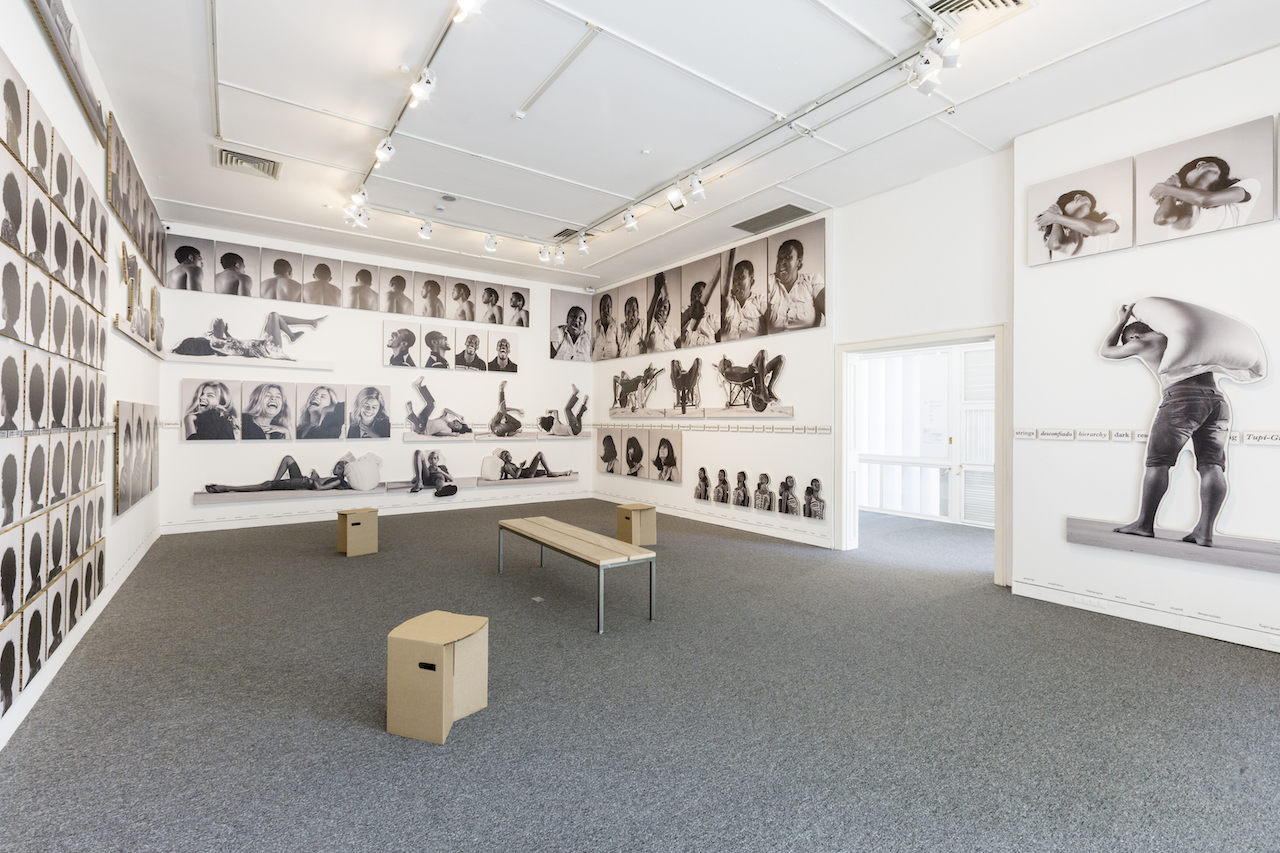
Galeria 5Bocas
Rua Ourique 1234, Brás de Pina, Rio de Janeiro, RJ 21011-130
5Bocas gallery takes its name from the favela where its founder, Allan Weber, lives. The 29-year-old artist opened the space last year, with the intention of offering new work and leisure opportunities for local people. With group exhibitions and future open calls planned, the gallery is part of a network of independent institutions supporting emerging artists outside the commercial circuit. These concerns are a reflection of Weber’s own practice, which is focused on “representing the lower income social class that with a lot of time, struggle and sweat are achieving their goals, even without access and opportunities”.
Galpão Bela Maré
Rua Bitencourt Sampaio 169, Maré, Rio de Janeiro, RJ 21044-261
Located in the favela of Maré, Galpão Bela Maré is a cultural centre founded in 2011 by Observatório de Favelas – a non-profit organisation that aims to reduce inequality and strengthen neighbourhoods. During its decade of existence, the centre has contributed to the decentralisation of cultural facilities. Its prolific residency programme encourages creatives to reflect on the places they live – the people, the streets, and the stories they hold. The programme not only benefits the participating artists, but aims to provide inspiration for generations to come. Hosting exhibitions both inside the space and along the streets of Maré, it reaffirms the favelas as a fertile stage for contemporary art.
Casa da Escada Colorida
Escadaria Selarón 18, Lapa, Rio de Janeiro, RJ 20241-120
This multipurpose arts centre runs artistic and curatorial residency programmes, as well as exhibitions, workshops and film screenings. The project’s mission is to strengthen the creative community and democratise culture through education. The Casa is also a hub for the annual FotoRio – a 20-year-old festival offering a series of exhibitions and portfolio reviews every November.

